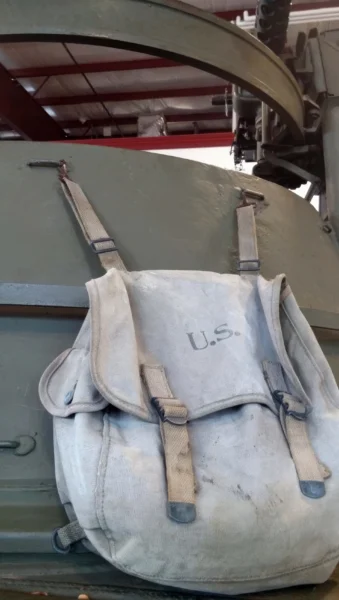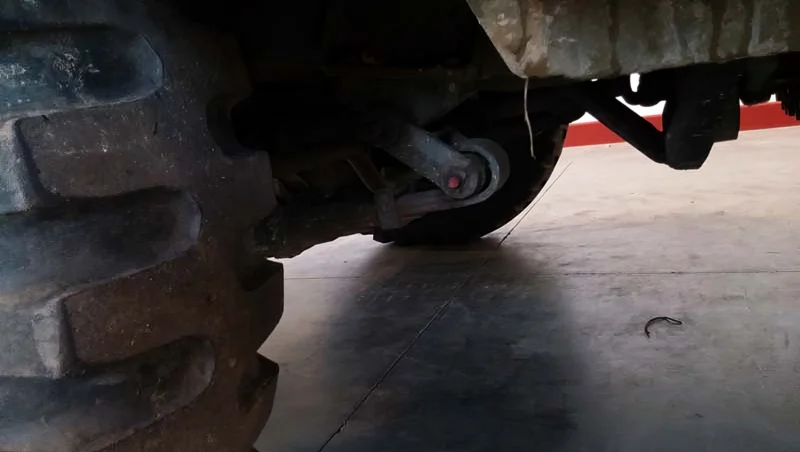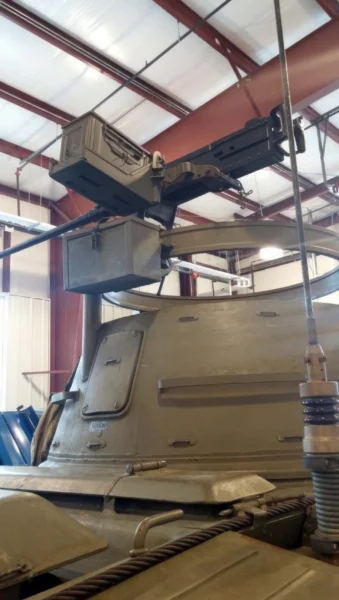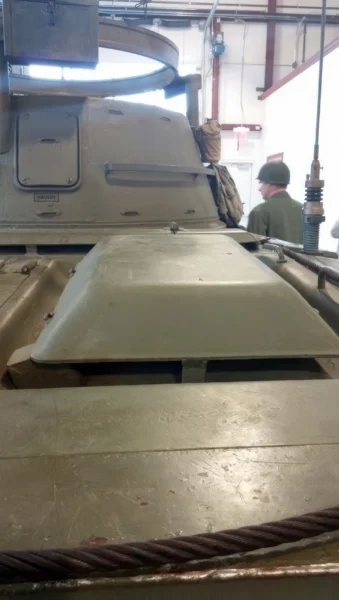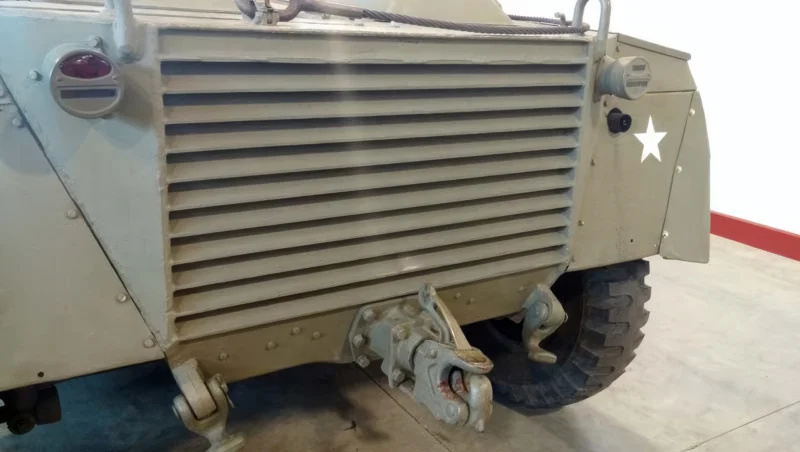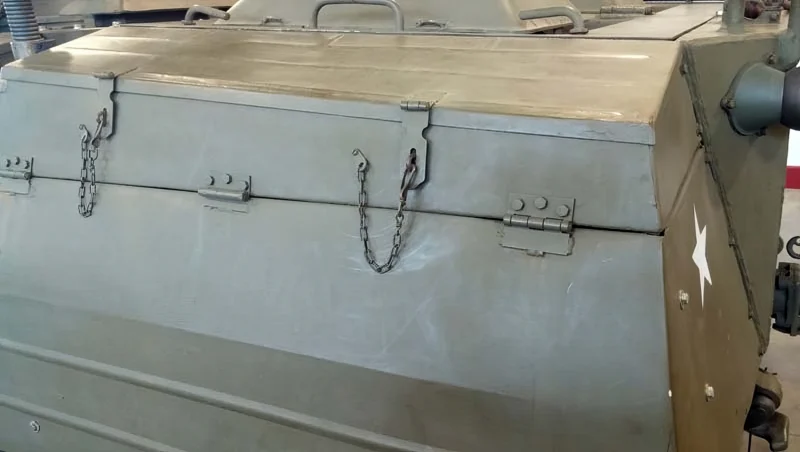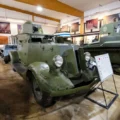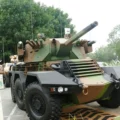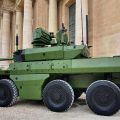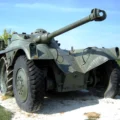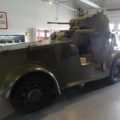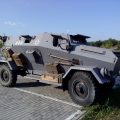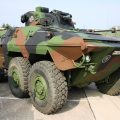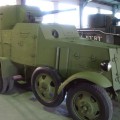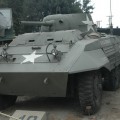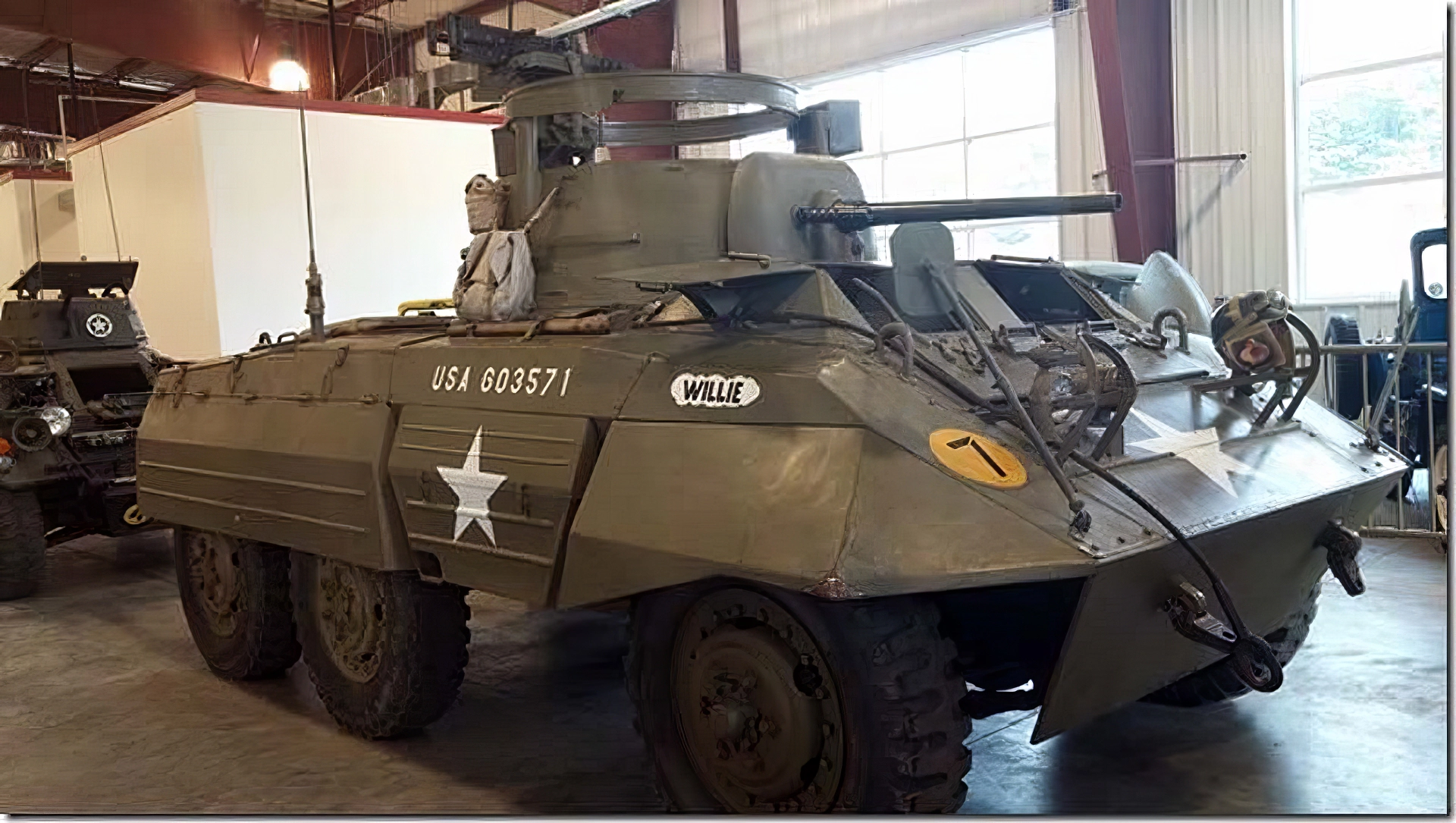
M8 Greyhound | |
|---|---|
| Country | USA |
| Role | Light Armored Car |
| In service | 1943–present |
| Built | 8500+ |
The M8 Light Armored Car is a 6×6 armored car produced by the Ford Motor Company during World War II. It was used by the United States and British troops in Europe and the Far East until the end of the war. The vehicle was widely exported and as of 2006 still remains in service with some Third World countries
Source: M8 Greyhound on Wikipedia
| M8 Greyhound | |
|---|---|
| Photographer | Unknow |
| Localisation | Unknow |
| Photos | 29 |
| M8 Greyhound Walk Around | |
|---|---|
| Photographer | Michael Goldberg |
| Localisation | Unknow |
| Photos | 29 |
See also:
The M8 Greyhound was a light armored car produced by Ford Motor Company for the United States and its allies during World War II. It was designed as a fast tank destroyer, but it soon became clear that its 37 mm gun was inadequate for that role. Instead, it was used as a reconnaissance vehicle, scouting ahead of the advancing armored columns and providing fire support with its coaxial and hull-mounted machine guns. The M8 had a six-wheel drive and a powerful Hercules engine, giving it a top speed of 55 mph (89 km/h) on roads.
It had a four-man crew and a radio for communication. The M8 was nicknamed “Greyhound” by the British, who received over 4,000 of them under the Lend-Lease program. The M8 saw action in Europe, North Africa, the Pacific and other theaters of war. It was well-liked by its crews for its speed and mobility, but it also had some drawbacks. Its armor was thin and vulnerable to mines, anti-tank guns and even heavy machine guns. Its open-topped turret exposed the crew to shrapnel and sniper fire. Its off-road performance was poor in mud and snow. Despite these flaws, the M8 remained in service until the end of the war and beyond, and was exported to many countries after the war.

Views : 3853


